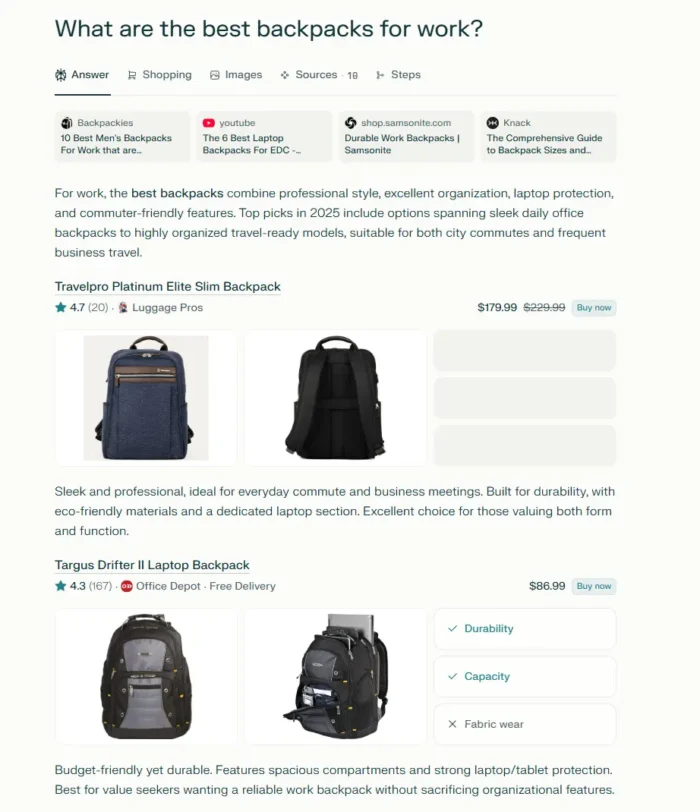Your resume has 6 seconds to impress a hiring manager, says ex-Amazon recruiter. Here are 3 tips to nail it
Lindsay Mustain, ex-Amazon recruiter and author of "7 critical resume mistakes to avoid," outlines her top tips for getting your resume noticed by recruiters.

The Great Resignation is seeing workers quit their jobs at historic levels, with many seeking new roles that better suit their needs and values.
That has upped the ante for companies, who need to make themselves more appealing to modern workers. But it has also piled the pressure on employees, who must vie against stiff competition for the most in-demand roles.
The first step toward that is crafting an excellent resume that will grab recruiters' attention amongst the crowd. And yet, still so many are getting this first step wrong, according to Lindsay Mustain, an ex-Amazon recruiter and author of "7 critical resume mistakes to avoid."
In an independent survey conducted by Mustain, the majority of candidates said they spend between 20 and 40 hours writing their resume.
With an average of 200-250 applicants per job opening, the typical recruiter spends just six seconds on each resume in the early stages of a hiring process, she said. For her, "it's more like four," Mustain told CNBC Make It.
It's therefore critical that candidates optimize their resume to make it clear and compelling for any recruiter, she said, outlining three tips for doing so.
1. Format
Paramount to any resume, and ahead of content, is format, according to Mustain.
"Why? If I can't find the information in those three-to-six seconds, then we have a problem," she said.
Mustain's advice is to think "minimalist." Keep the layout of your resume simple, without photos and gimmicks, so a recruiter can scan it easily and pick out the information they need.
2. Content
Next, the contents of your resume should highlight two key things: scope and impact. Scope refers to the duties with which you have gained experience in, and impact outlines why they were important.
"If you want to be the candidate of choice, you have to demonstrate the scope and impact that's most able to be a solution to a company's pain," Mustain said. "That is the difference between a commodity candidate and a candidate of choice."
Typically, that scope and impact should be summarized in a short value proposition or executive summary at the top of the resume. It can later be elaborated on in the experience section.
"You have two jobs inside any company, it doesn't matter what job that is. You either save money or you make money — and maybe you do both," said Mustain. "If you can articulate what that is and how you do it through the work that you do and the impact you've had in the past, that is the secret."
3. Keywords
Thirdly, your resume should be "keyword optimized" for the kind of language used by the company you're applying to, said Mustain.
"You want to be using the right vernacular so that you talk to your audience and it makes sense to them," she said.
There are websites that allow you to compare the language used in your resume with that of a job description. But, equally, you can use a company's website and social media to see how they refer to clients, customers and users etc., and use it as a guide, Mustain noted.
As a general rule, Mustain said you should create a master resume based on the job descriptions for what you consider to be three dream jobs. Then tweak it according to the specific requirements of each job you apply to.
Don't miss: Gen X workers may be facing the biggest unemployment crisis, study finds
Like this story? Subscribe to CNBC Make It on YouTube!

 KickT
KickT 































